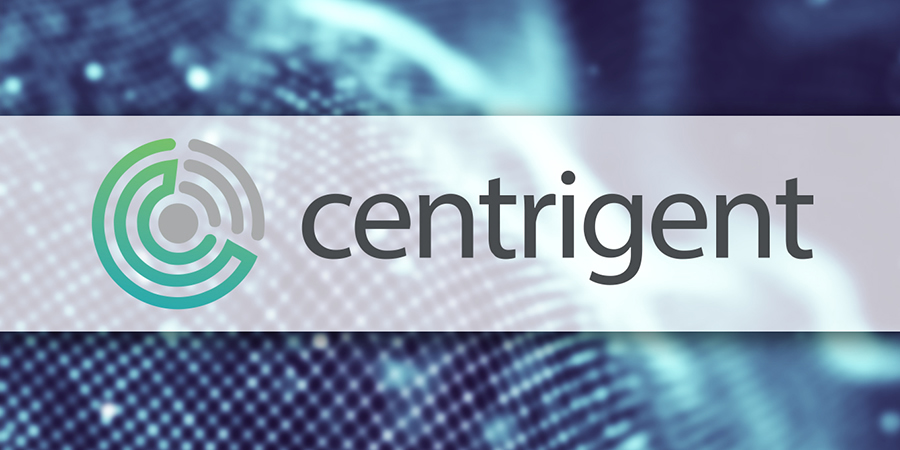Co-authored by Prof Mary Hinesly of the University of Michigan Ross School of Business and Jay Srage, CEO, Centrigent
Organizations like the World Economic Forum, OneWeb and the United Nations have created initiatives to connect the public on a mass scale, realizing that a connected population has a direct effect on GDP as well as economic and social growth. We are now entering a new age of industrial digital divide which if left unaddressed, will have a more severe and direct impact on the economy and the adoption pace of advanced technologies.
When it comes to the new industrial digital divide, we are seeing in the early stages of a very long journey. Advanced technologies that have been hyped, such as artificial intelligence (AI), machine learning, 5G, data science, IoT, natural language processing and cloud computing, are maturing right before our eyes. These technologies are affecting every economic sector with such depth and velocity that virtually all organizational cultures and operations will have to transform in order to survive. This is a very unique chance for telecom operators to transform into true services providers making the transition from a “dumb” pipe to a “smart” pipe. With that challenge, many experts believe these technologies will also create new economic opportunities and sectors we haven’t even imagined yet, that will transform the global economy and drive a new growth inflection point for decades to come.
The economic benefits could be massive; some estimate that AI will generate $15 trillion of economic impact globally by 2030. The challenges of the integration, implementation and sustainability across each economic sector are significant, and have both common elements and issues that are unique to each sector. The speed at which advanced technologies such as AI and 5G are evolving is outpacing the capability of industries such as government, banking, healthcare, education, manufacturing and others to integrate those technologies efficiently.
Legacy industries that want to transform in the digital era are typically dominated by mega-companies, which adapt at a much slower pace than the speed with which these technologies are evolving. Small and medium size companies in the same industry, not to mention disruptors from outside the currently defined industry categories, can and will outflank their lumbering competitors. This is creating a new industrial digital divide that can lead to inefficient transformation, and leading to some negative side-effects at the company, sector, national and global economic levels.
While most of us have little impact on the macro-economic results of the digital divide, we can begin by focusing at the organizational level where we live in companies, governments and not-for-profits. If organizations large and small fully attend to the pillars of successful digital transformation, we will do our parts to help drive successful and sustainable digital transformation from where we each of the most influence.
To get the conversation started, let’s explore two first steps that will have an immediate positive impact on organizations’ ability to adapt and evolve: comprehending the technology landscape, and creating a plan for implementation and integration.










